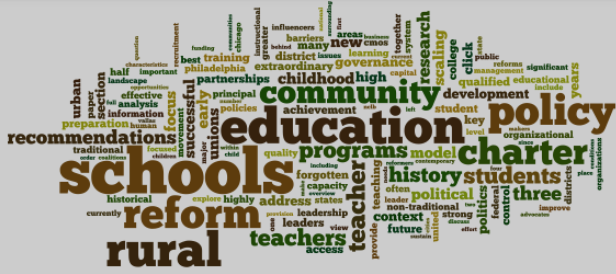INVESTIGATING THE IMPACT OF HEALTHY FOOD KNOWLEDGE ON CONSUMER BEHAVIOR INTENTIONS TOWARDS RESTAURANTS
Keywords:
Healthy food knowledge Consumer behavior Dining intentions Restaurants Health consciousness Nutritional options Price willingnessAbstract
This study explores the impact of healthy food knowledge on consumer behavior intentions towards restaurants. As health consciousness among consumers increases, understanding how knowledge of healthy food influences dining choices is crucial for restaurant operators and marketers. Utilizing a quantitative approach, the research surveys consumers to assess their level of healthy food knowledge and its relationship with their dining preferences and behaviors. Key findings indicate that higher levels of healthy food knowledge significantly correlate with positive behavior intentions, such as a preference for restaurants that offer nutritious options, willingness to pay premium prices for healthier meals, and a tendency to frequent establishments that promote transparency in ingredient sourcing and preparation methods. Additionally, the study reveals that consumers who prioritize health in their food choices are more likely to engage in positive word-of-mouth recommendations about restaurants that align with their dietary values. These insights suggest that enhancing consumer education about healthy food can not only influence individual dining choices but also encourage restaurants to adapt their menus and marketing strategies to meet the growing demand for health-conscious dining options. The study provides actionable recommendations for restaurant owners to leverage healthy food knowledge in order to attract and retain health-oriented consumers.














